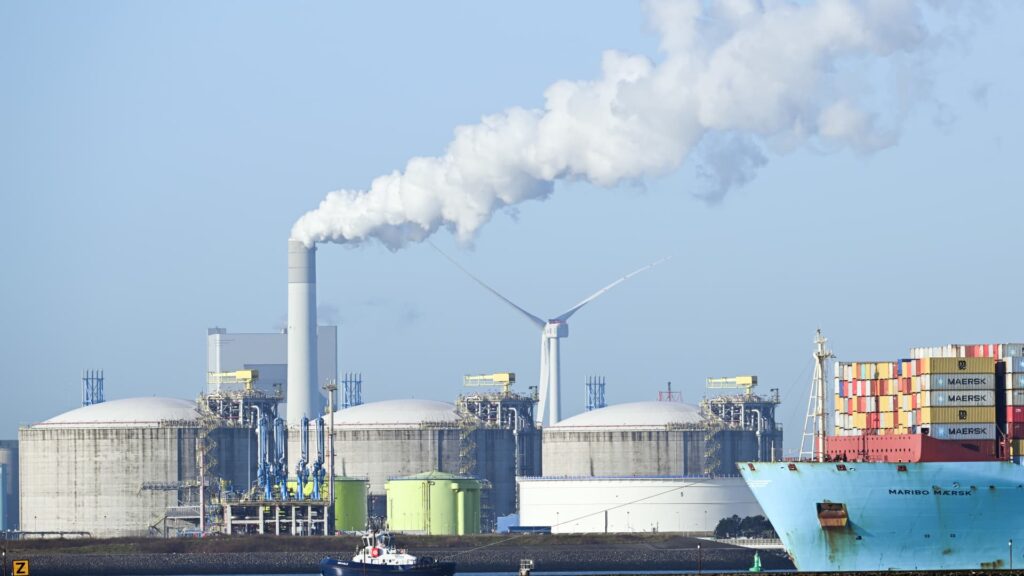An LNG import terminal at the Rotterdam port in February 2022.
Federico Gambarini | Picture Alliance | Getty Images
Russia’s invasion of the Ukraine a year ago has shifted global energy supply chains and put the U.S. clearly at the top of the world’s energy-exporting nations.
As Europe struggled with threats to its supply of natural gas imports from Russia, U.S. exporters and others scrambled to divert cargoes of liquified natural gas from Asia to Europe. Russian oil has been sanctioned, and the European Union no longer accepts Moscow’s seaborne cargoes. That has resulted in a surge in U.S. crude and refined product shipments to Europe.
“The U.S. used to supply a military arsenal. Now it supplies an energy arsenal,” said John Kilduff, partner at Again Capital.
Not since the aftermath of World War II has the U.S. been so important as an energy exporter. The Energy Information Administration said a record 11.1 million barrels a day of crude and refined product were exported in the week ended Feb. 24. That is more than the total output of either Saudi Arabia or Russia, according to Citigroup, and compares with 9 million barrels a day a year ago.
However, exports averaged about 10 million barrels a day over the four-week period ended Feb. 24. That compares with 7.6 million barrels a day in the year-ago period.
“It’s amazing to think of all those decades of concern about energy dependence to find the U.S. is the largest exporter of LNG and one of the largest exporters of oil. The U.S. story is part of a larger remapping of world energy,” said Daniel Yergin, vice chairman of S&P Global. “What we’re seeing now is a continuing redrawing of world energy that began with the shale revolution in the United States. … In 2003, the U.S. expected to be the largest importer of LNG.”
Yergin said the changing role of the U.S. oil and gas industry in the world energy order will be a topic of conversation among the thousands attending the annual CERAWeek by S&P Global energy conference in…
Read the full article here





